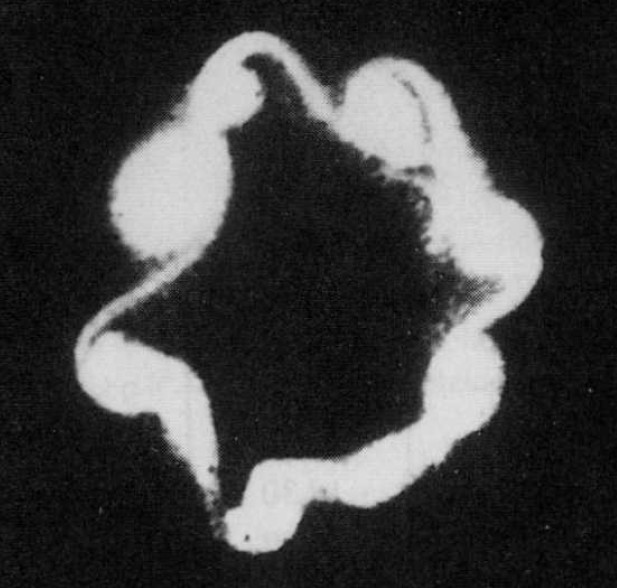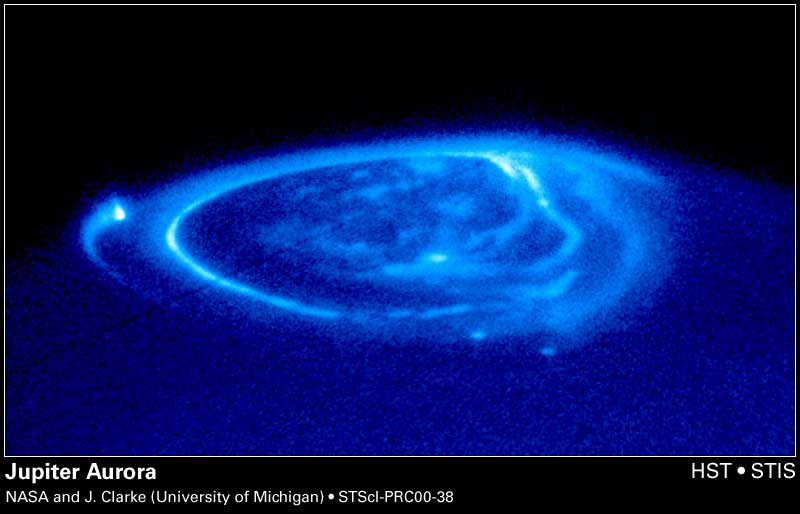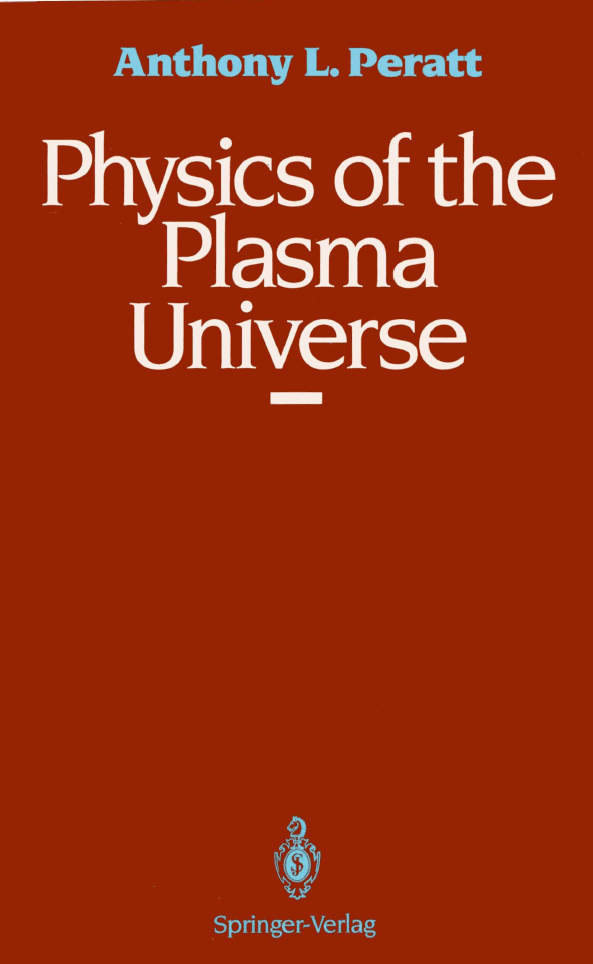Diocotron instability
The diocotron instability (also called the slipping stream plasma instability), is “one of the most ubiquitous instabilities in low density nonneutral plasmas with shear in the flow velocity [.. that can ..] occur in propagating non-neutral electron beams and layers”.[2] [3] It may give rise to electron vortices,[4], which resembles the Kelvin-Helmholtz fluid dynamical shear … Read more


